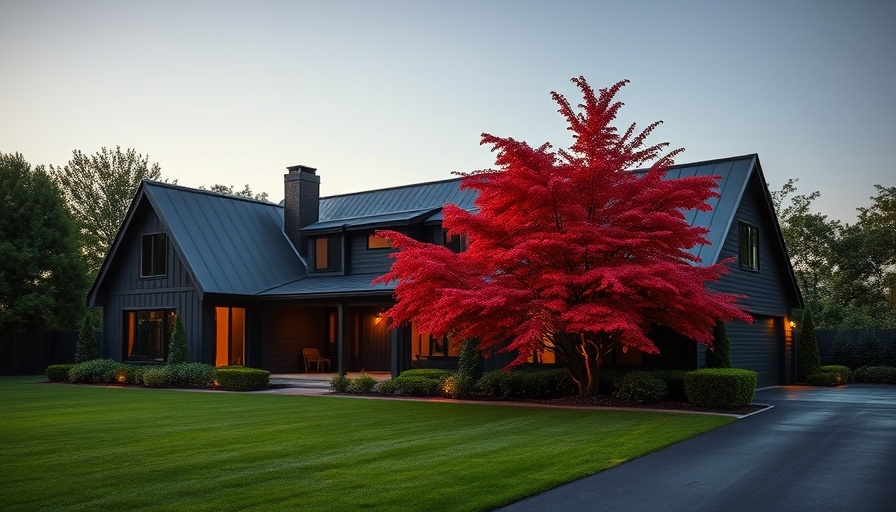
Are Short-Term Rentals Losing their Appeal in Los Angeles?
The landscape of home rentals in Los Angeles is undergoing a significant shift. With a decline in short-term rentals, many homeowners are opting for longer-term leases due to increasing regulations and the hassle associated with frequent rentals. This trend, highlighted by recent data from the L.A. Planning Department, indicates a worrying trend for short-term rental enthusiasts.
The Impact of Regulations
In 2018, Los Angeles implemented a Home Sharing Ordinance aimed at regulating short-term rentals. Following this, homeowners found themselves navigating a complex web of rules. Many residents, like Katherine Taylor, have been deterred by these regulations, fearing fines and the stress of compliance. Taylor, who previously relied on income from her Westside guesthouse, stated, "The rules are too much. All these new regulations kept popping up, and it felt like it was only a matter of time before I got fined." This sentiment echoes across the city, as many landlords have pulled their listings.
Rising Costs vs. Lower Benefits
In the past, short-term rentals were lucrative, often generating more revenue than longer-term leases. However, with fluctuating incomes and a growing tendency towards strict enforcement, many landlords are re-evaluating their options. Short-term rental registrations in Los Angeles have dropped by 6%, from 4,228 last July to 3,972 this past July. As landlords face mounting pressures, the appeal of mid-term rentals—those lasting over 30 days—grows stronger.
The Shift Towards Mid-Term Rentals
Experts like Jesse Vasquez, who organizes a mid-term rental summit, emphasize that the mid-term rental market is thriving in L.A. This shift accommodates individuals looking for longer stays, such as digital nomads, traveling nurses, and students drawn to Los Angeles for work or study. He notes that while mid-term rentals yield about 15% to 20% less income than short-term options, the stability and reduced turnover provide peace of mind for homeowners.
Future Predictions for the Rental Market
As the trend towards mid-term rentals continues, property owners may want to consider adjusting their strategies. The changing dynamics of the rental market could lead to new opportunities as more people seek stable housing solutions. While the short-term rental market faces uncertainty, mid-term rentals may become a standard fixture within this evolving landscape.
Fire Market Influence
The recent wildfires in California also play a role in reshaping the rental market. Reports indicate significant drops in rental listings in areas severely impacted by the fires—56% in Altadena and 36% in Pacific Palisades. Many homeowners are faced with difficult choices, as short-term rentals are converted to long-term solutions for fire survivors. This situation highlights the need for stability amidst ongoing environmental changes.
The Bottom Line: Stability in Uncertain Times
In an unpredictable regulatory environment, the trend of transitioning to mid-term rentals reflects a broader desire for stability among homeowners. As L.A.'s rental landscape continues to evolve, understanding legal obligations and market conditions becomes crucial. While past income boasts from short-term rentals may no longer be feasible for many, the rise of mid-term rentals provides opportunities to adapt and thrive.
With the rental market in flux, contemplating these changes can make a notable difference for current or aspiring homeowners. Stay informed about new regulations and market trends to make the most informed decisions about your property.
 Add Row
Add Row  Add
Add 




Write A Comment